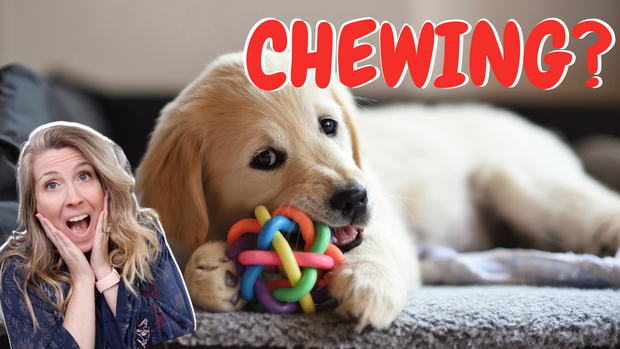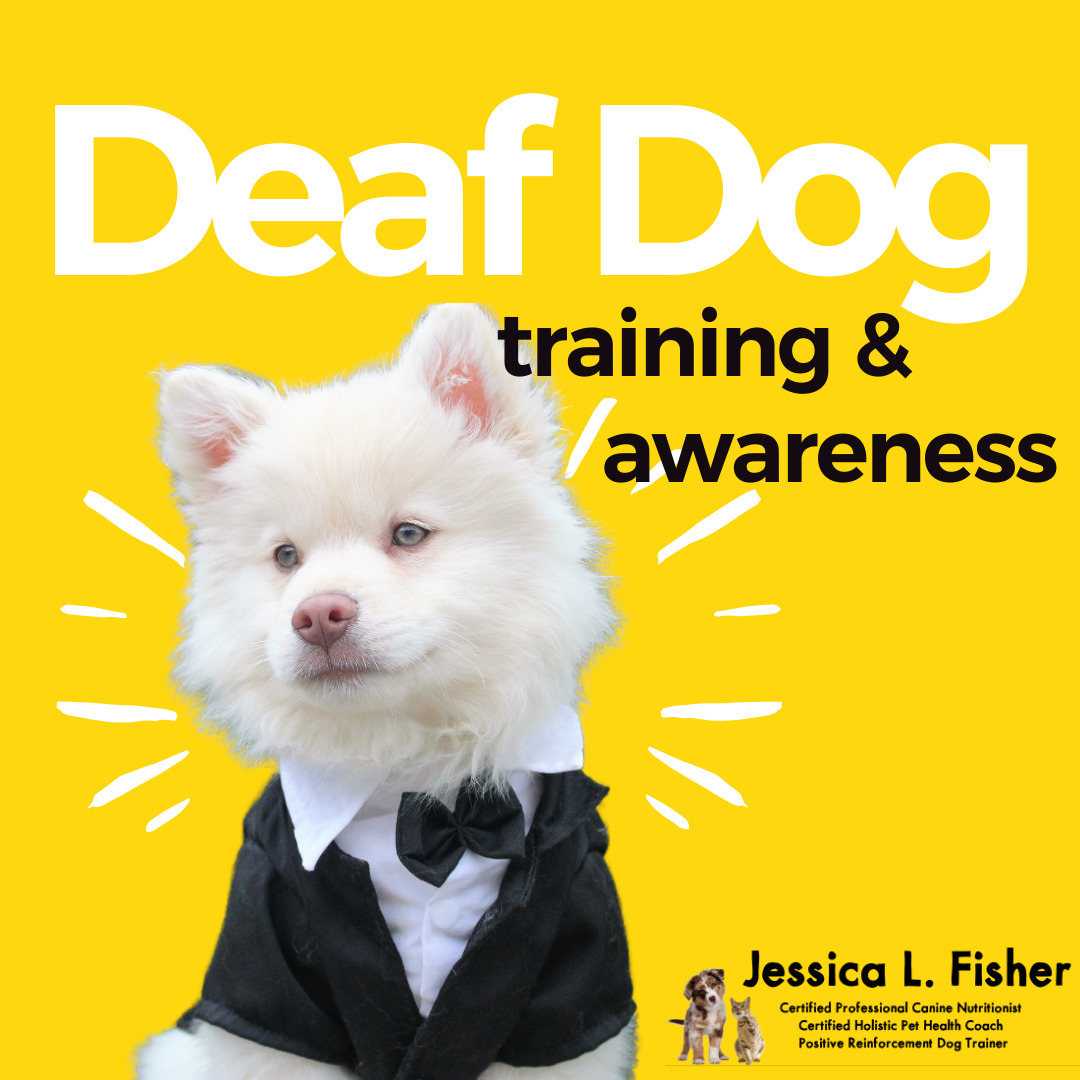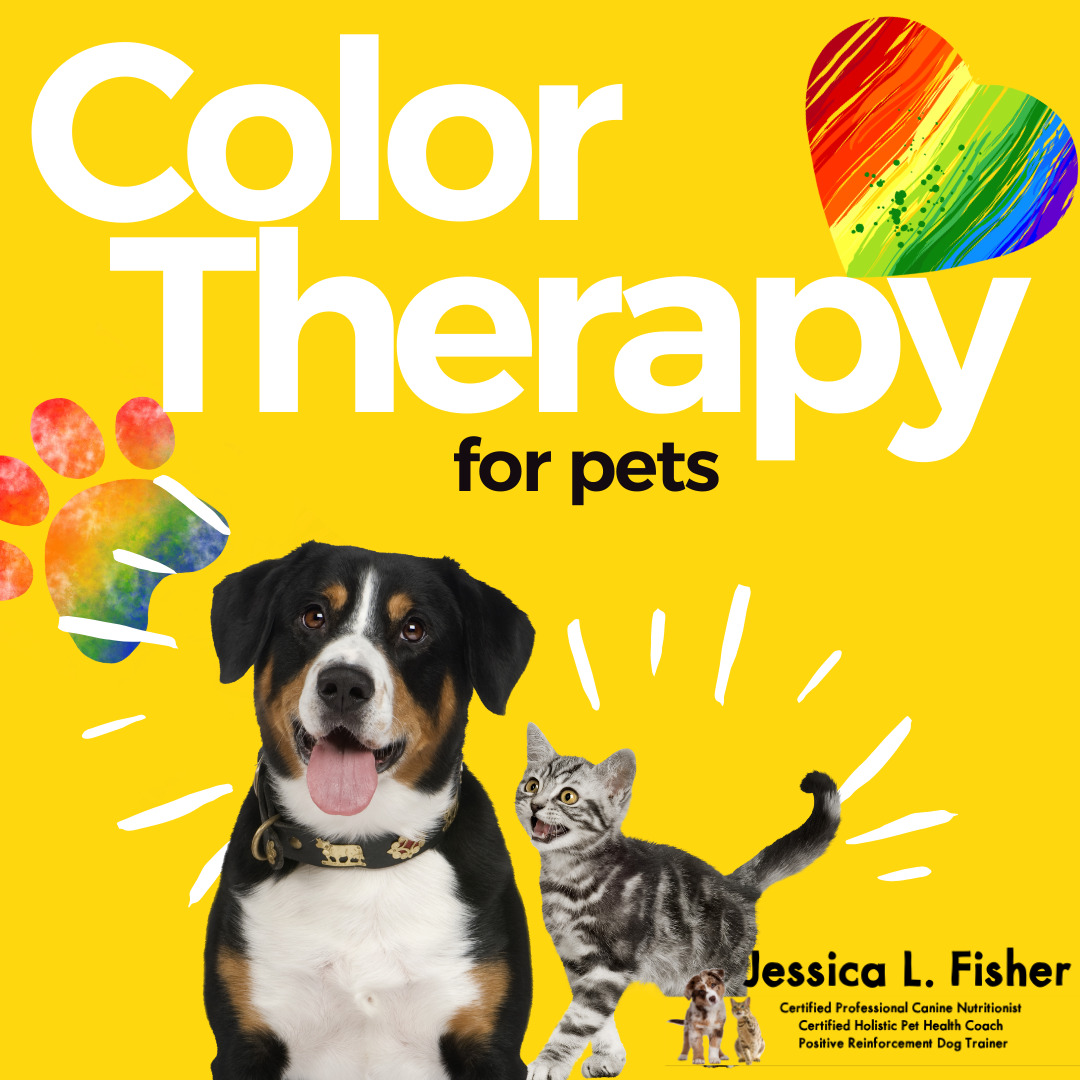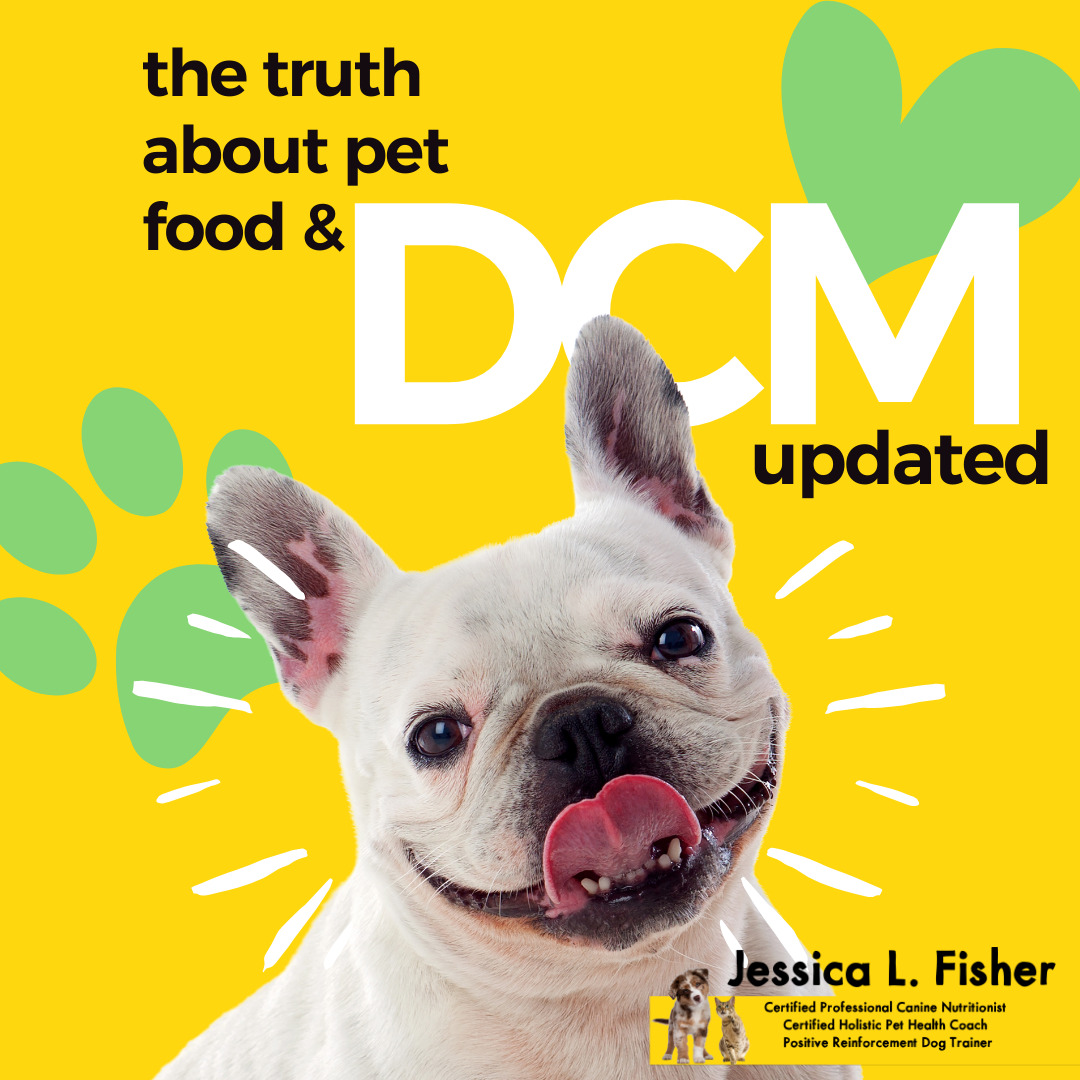Chewing is natural for your dog, especially puppies. They learn the world with their mouths. There is a fine line between what is OK and what is not OK for your dog to chew on, and it’s important that we understand that to a puppy, nothing is off-limits. It is our responsibility to help them learn about the world around them appropriately.
If you have an adult dog who wasn’t properly taught how to redirect his biting habits, this works for them as well.
It’s important to figure out the WHY behind your dog’s chewing. If you have a puppy, teething is a normal part of growing, so providing appropriate chews are necessary to help them get through the discomfort and natural instincts of chewing during teething.
1. Be attentive.
One of the most important parts of dog training is managing the environment for your dog. This means being intentional about the places your dog has access to, the things your dog has access to, and paying attention to your dog at all times. Yes, that sounds like a lot of work, and it is, but only for a short period of time. Just like with anything else, we put in some effort upfront for a big payoff, meaning that once you and your dog have settled into a good routine and they have a good understanding of what is and is not off-limits, you can relax more.
Paying attention to a new dog or puppy is THE. NUMBER. ONE. rule. It’s like caring for a newborn, but with paws and sharp teeth! This time is for you two to get to know one another, set house rules, and create your routine.
You may also need to provide a safe confined space for your dog when you don’t have complete attention to him (cooking dinner, for instance) or if you need to leave the house for a short period of time. This is where crate training can come in handy. You can read more about managing the environment here.
2. Leave your scent behind.
Your scent can be calming to your dog, so providing toys, towels, blankets, etc. that have your scent on them can help keep your dog calmer.
There are other methods to help calm your dog as well, which you can read more about here.
3. Put away anything that a dog can chew on.
This falls under managing your dog’s environment but deserves its own step just to make sure it’s obvious to everyone.
If there is something that you don’t want your dog to chew on, it is your responsibility to keep it out of reach for your dog.
4. Choose dog toys wisely.
Choosing dog toys isn’t complicated, but it is important to think of our dogs when choosing toys for them. For instance, if they like to chew on shoes or socks, then we certainly don’t want to give them old shoes and socks, that would be reinforcing and encouraging the behavior and your dog won’t know the difference between the ones that are ok and the ones that aren’t, but also you don’t want to choose toys the are shaped like or resemble shoes or socks.
If your dog is a very strong chewer, you may want to shop for Kong toys and others like them that are designed for strong chewers. Not all rubber toys are created equal, so do your research on toys that won’t shred to keep your dog safe.
If your dog likes to rip stuffed toys apart, then make sure to buy un-stuffed toys without any parts that could get swallowed, like squeakers.
5. Interrupt, then redirect.
Now we get to the training part! If your dog is chewing on something you don’t want them to be chewing on, interrupt them and redirect to a toy that is appropriate for them to chew on.
That sounds easy, but it can be difficult if you haven’t practiced “drop it”, “leave it”, or “trade” with your dog. Whatever you choose to call it, practice early and often. If you haven’t already signed up for my free beginner dog training series, “leave it” is part of the free online course. Go here now and sign up!
6. Exercise daily.
Yes, I know I preach this a lot, but that’s because it’s so darn important! Your dog needs both mental and physical exercise every single day. Each dog is different, so work with the dog in front of you, but give them activities to use their brain, go for walks, let them sniff, and train. Do a little of each of these every single day with your dog and you’ll find they’re too tired to get into any mischief!
If you follow these 6 steps, you and your dog will be much happier… and better behaved!
For both adult dogs and puppies, if you are working to help your dog break a chewing habit not related to teething and you aren’t finding the results you are looking for you should make an appointment with your veterinarian. Once you have ruled out any medical reason, working with a positive reinforcement trainer is recommended!




